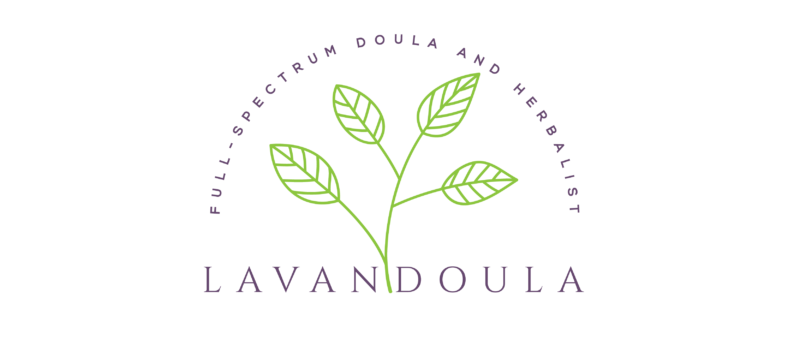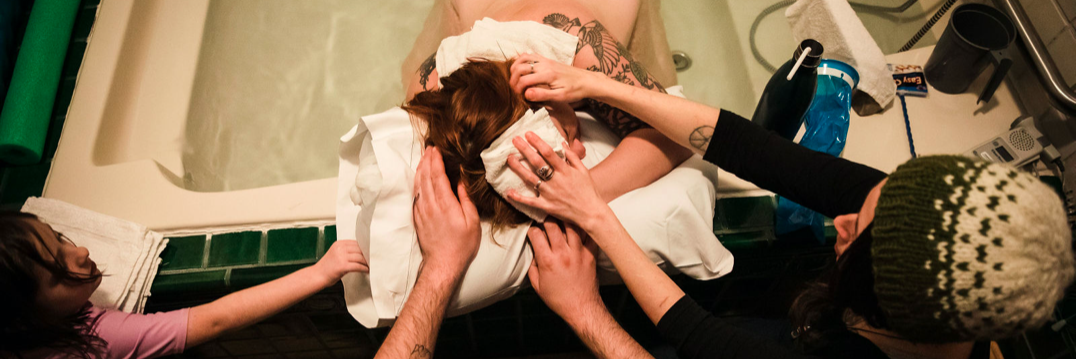Here are the answers to some frequently asked questions I receive about placenta encapsulation.
Why would anyone want to eat their placenta? I get this a lot. Usually, I start here: all mammals consume the placenta immediately following the birth, with a few exceptions. These exceptions include whales (who have baleen and generally don’t/can’t eat large pieces of meat), and alpaca-family animals (such as camels). When I asked an alpaca farmer at an agricultural fair why they don’t ingest their placentas, she quickly responded “Their tongues aren’t long enough!” Many domesticated/farm animals have humans who interfere with the postpartum process before they instinctively ingest the placenta. The third exception is humans. While there are a few theories as to why this is, many people are now choosing to consume the placenta in capsule form postpartum. In some circles, it isn’t very popular to consume organ meats, but many folks know they’re some of the most nutrient-dense foods in the world. The placenta contains iron, minerals, high-quality protein as well as hormones (oxytocin, progesterone) that sustained the pregnancy and labor. This helps build parents back up after blood loss, especially if it was more than average. Anecdotally, folks who choose to consume their placenta after birth have fewer bouts of hormone-crashing lows, a strong milk supply, and a little more sustained energy throughout all the sleep depravation.
How many capsules does it yield? Average is about 80-100 capsules. I’ve processed placentas with as few as 53 capsules (when some pieces were saved for Pathology) and as many as 165 capsules. Generally speaking, I’ve found bigger babies have bigger placentas.
How does pickup and drop off work? I’m happy to meet you at your place of birth between 8am and 9pm to pick up your placenta. With some advance notice that you’re in labor (either from you or a partner or doula), I may be able to arrive for pickup quicker. As long as the placenta is kept on ice within two hours after the birth, we should be all set for processing. Processing takes 2-3 days, on my end, and I am happy to return the finished capsules to you when you return home from the hospital.
What if I have medications during labor, or need a cesarian section? That is fine! The medications used during labor generally pass through the placenta or break down quickly. If you had an allergic reaction to any medication given during labor, I would not recommend encapsulation. With a cesarian birth, it is extra important to make sure the placenta is put on ice soon afterward, because everyone tends to be a little busier during that time than with a vaginal birth!
What if I am Group B Strep positive? Group B Strep (GBS) is a normal digestional bacteria that some folks have a high concentration of in the genital area during pregnancy and birth. It is not considered harmful to adult humans (just in rare cases for babies), and I generally recommend steaming the placenta before dehydration for folks who are GBS+.
What if there was meconium in labor? Meconium happens! It is sterile and not harmful to adults. Extra nurses will be present at your birth to check out the baby’s lungs and make sure your baby did not aspirate the sticky meconium. Otherwise, meconium washes off the placenta easily during processing and does not contraindicate placenta encapsulation. If there is prolonged exposure to thick meconium, the placenta may look “stained” upon delivery and providers may want to send it to pathology to have it looked at, but that is much less common.
What if my baby is premature? With premature birth, many hospitals will want to send the placenta to pathology to make sure that it wasn’t the cause of a premature birth. In this case, you can advocate for the placenta being kept refrigerated, frozen and chemical-free. The pathologist should be able to remove a few small pieces from the placenta and leave the rest for you to take home, if no problems are found. Keep in mind that hospital pathologists work M-F, 9-5, so this can delay the process, depending on the time you give birth. With any placenta that has been to pathology (even if it is kept separate), I recommend steamed preparation.
How does my birth site impact my decision to keep my placenta for encapsulation? Great question! I always recommend folks talk with their providers about keeping the placenta ahead of time, just to make sure there are no issues. Every birth site (except for homes) will require you sign a placenta release form after the birth before it is able to leave. Certain hospitals have policies that may further impact your experience. For example, Brigham and Women’s Hospital’s policy is to keep the placenta in the hospital until the family and baby are released. They keep it refrigerated for you, but this will delay my ability to process by a few days. Beth Israel Hospital does not let anyone bring the placenta into the postpartum room with them. This means, if you’re hoping to keep your placenta and you’ve given birth in the middle of the night, you need to keep it in a cooler in your car (or have another family member pick it up and bring it to a refrigerator) until I am able to pick it up. Cambridge Birth Center generally releases patients within 6-8 hours after the birth. If you give birth at the birth center, and it is late at night, I may be able to pick up the placenta in the morning from your home. If you have particular questions about the placenta-related policies at your birth site, be sure to ask your provider.
What about payment? My fee for placenta encapsulation is $250. Cash or check are welcome. The fee is due at the time I deliver the finished capsules. In the off chance that you are unable to keep the placenta, I do not require a downpayment.
More to come..!!

